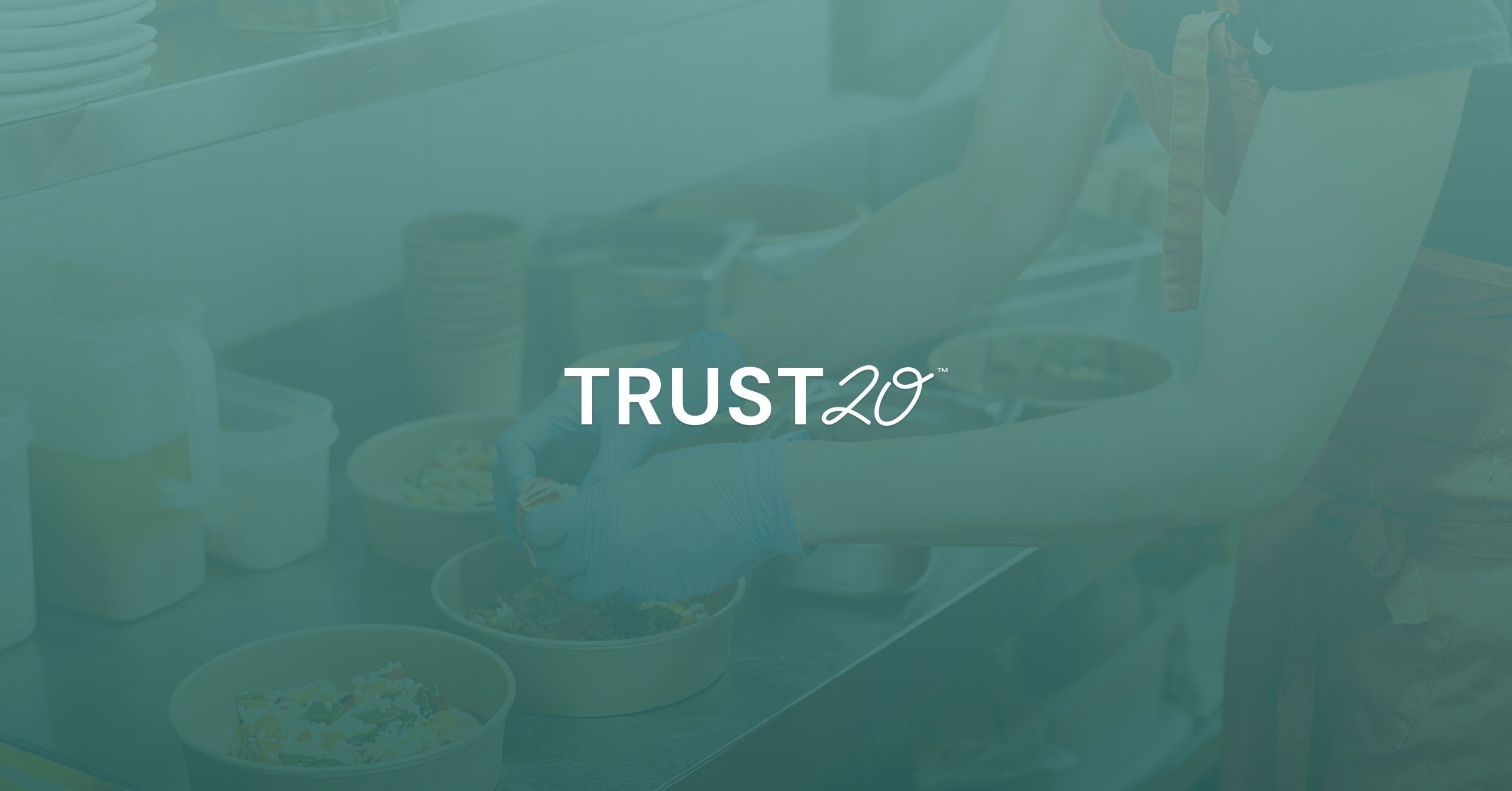If you’re a foodservice professional, the knife is more than a tool; it’s an extension of your hand. Contrary to popular belief, mastering knife skills isn’t just about technique.
Exceptional knife skill starts with safety. Ready to see if you make the cut? Let’s review the information you need to keep your knives sharp, your skills sharper, and your customers as safe as can be.
In this article, we’ll review:
How do I properly clean and sanitize my knives?
What kind of knives should you have on hand?
How do I properly hold a knife?
What are some basic knife skills?
How do I safely store my knives?
How do I properly clean and sanitize my knives?
Keeping your knives clean and sharp is essential for both safety and hygiene.
Sharpening and honing
A dull knife is a dangerous knife. Regular sharpening and honing keep your blades in peak condition. You can either invest in a quality sharpening stone and honing rod or find a trusted knife sharpening service to help keep your knives on point.
Cleaning process
When it comes to cleaning, warm, soapy water is your best friend. Avoid harsh scrubbers that can damage the blade, and never leave knives soaking in water.
After washing, carefully shake off excess water and place the knives on their side or safely upright on a drying rack so they dry quickly (to prevent rust and water spots). Clean the knife handles thoroughly, paying special attention to any cracks or damage that could harbor bacteria. If you notice any damage, it is time to replace those knives.
Cutting surfaces and food contact surface hygiene
Choosing the right cutting surface is critical for maintaining knife sharpness. Opt for surfaces like wood or plastic, which are gentle on blades. Glass cutting boards, while aesthetically pleasing, can cause knives to dull quickly.
Always ensure your knives and cutting boards are cleaned and sanitized before and between each use to prevent cross-contamination.
What kind of knives should you have on hand?
Not all knives are created equal. Each knife serves a specific purpose, and having the right tools makes a world of difference, both in terms of the finished product and in safety.1
|
Serrated utility knife |
The serrated utility knife is your go-to for slicing through crusty bread, delicate cakes, and soft fruits without squishing them. Its toothed edge grabs onto the surface, allowing for clean cuts with minimal effort. |
|
Chef’s knife |
With its broad blade and sharp edge, this knife handles everything from chopping vegetables to slicing meat with finesse. |
|
Boning knife |
Designed for removing bones from meat and fish, its narrow, flexible blade allows you to maneuver around joints and delicate structures with ease. |
|
Carving knife |
For those moments when presentation is key, the carving knife steps into the spotlight. Its long, thin blade ensures clean, even slices every time. |
|
Santoku knife |
Hailing from Japan, this knife is a versatile alternative to the traditional chef's knife. With its shorter, wider blade and granton edge (those dimples along the side), it's perfect for slicing, dicing, and chopping. |
|
Paring knife |
Small but mighty, the paring knife is your trusty companion for intricate tasks like peeling, trimming, and coring. Its compact size allows for delicate work, and its sharp edge ensures precision cuts. |
How do I properly hold a knife?
Let’s get a grip, shall we? Holding a knife properly is the foundation of safe and effective cutting. The secret to doing so lies in the pinch grip.
Imagine gently pinching the blade between your thumb and index finger, while your other fingers wrap around the handle for support. This technique offers the best control and balance, allowing you to maneuver the knife effortlessly.
Now, what about the hand that's not holding the knife? The "bear claw." Curl your fingers inward, resembling a bear's paw, and use your knuckles as a guide. This way, you minimize the risk of accidentally slicing a fingertip.
Mastering these grips takes practice, but once you get the hang of it, you'll be slicing through vegetables like a pro.
What are some basic knife skills?
Let’s get on the same (cutting) board about knife skills. Basic knife skills are the foundation upon which all other culinary skills are built. By knowing how to chop, slice, and dice, you’ll work faster, safer, and more efficiently.
Here are some key knife skills to master in the kitchen:
|
Chop |
The goal of chopping is uniformity; you want each piece of food to be the same size. Use a rocking motion as you cut the food and your non-dominant hand as a guide, keeping the food steady while your fingers are curled under for safety.2 |
|
Julienne |
First, slice your vegetable into a flat piece. Then, stack these slices and cut them into thin, uniform strips about the thickness of a matchstick. The julienne cut isn't just about aesthetics; it helps ingredients cook faster and blend seamlessly into a dish. |
|
Chiffonade |
This technique is ideal for leafy greens and herbs because it helps release more flavor. Start by stacking your leaves, rolling them tightly like a cigar. Then, with a sharp knife, make thin, even slices across the roll. |
|
Brunoise |
This fine dice results in tiny cubes perfect for salsas, garnishes, and sauces. Start with a julienne cut, then gather your strips and turn them 90 degrees to make a crosswise cut. Aim for uniformity, with pieces about 1/8 inch in all dimensions. |
|
Batonnet |
This cut is slightly thicker, about the size of a French fry, and is perfect for crudités, sautéing, or roasting. Begin by trimming your vegetable into a rectangular shape. Slice lengthwise into planks, then cut each plank into uniform sticks. |
|
Dice |
Dicing is a kitchen staple, perfect for preparing vegetables for soups, stews, and salads, providing uniformity and blending effortlessly with other ingredients. Cut your vegetables into planks, then strips, and finally cubes. The size of your dice will depend on your recipe! |
|
Bias Cut |
The bias cut increases the surface area of your ingredients and allows them to cook more quickly and evenly. To achieve a bias cut, hold your knife at a 45-degree angle and slice through your vegetable. The result should be elongated, oval-shaped pieces. |
|
Mince |
Whether you’re working with garlic, ginger, or herbs, mincing releases their full flavor potential. Start by finely dicing your ingredients. Then, gather the pieces and continue chopping until they’re as small as possible. As you rock, keep the knife tip on the cutting board. |
|
Oblique |
The oblique cut, or roll cut, is perfect for irregularly shaped vegetables like carrots or parsnips. Start by making a diagonal slice, then roll the vegetable a quarter turn before making the next cut. Continue this process for the entire vegetable. |
|
Lyonnaise |
This classic French technique simply involves slicing onions into thin, half-moon shapes. To do so, cut the onion in half from root to tip. Remove the peel and lay each half flat on the cutting board. Slice thinly from end to end, creating uniform crescent shapes. |
|
Tournee |
This technique transforms root vegetables into elegant, barrel-shaped pieces, perfect for serving as a side or garnish. Start by trimming your vegetable into a roughly cylindrical shape. Using a paring knife, carve away small sections to create a seven-sided, football-like shape. |
How do I safely store my knives?
Just as important as proper cleaning and sanitizing is the right storage for your knives. Here are some tips:
Keep them clean and dry
Before storing them, ensure your knives are cleaned, sanitized, and fully dry to prevent rust and corrosion.
Explore different knife storage options
Invest in a quality knife block, magnetic strip, or in-drawer knife organizer to keep your blades secure and accessible. These storage solutions prevent knives from jostling against each other, reducing the risk of nicks and chips. Smart storage will also reduce the risk of someone accidentally cutting themselves when rummaging around the kitchen!
Invest time in the team
If you’re a manager, educate your team on proper knife safety and sanitation. Make sure everyone knows how to handle, clean, and store knives and other utensils correctly.
Cut through all the food safety noise with Trust20
Mastering knife skills is a fundamental aspect of being a foodservice professional. From holding a knife with confidence to maintaining its sharpness and hygiene, these skills enhance your efficiency and ensure the safety of your kitchen.
However, it’s not just about knife skills. To keep everyone in your establishment safe and healthy, you must also invest in the right training. Trust20’s training covers everything from allergen awareness to food handling, so we can help keep your knife and food safety skills sharp.
Give Trust20 a try today—and take some time to brush up on your knife skills. A little finesse at the cutting board goes a long way!
Sources:
-
Culinary Institute of America: 5 Knife Skills Every Chef Must Have!
-
Virginia Cooperative Extension: The Basics of Knife Skills
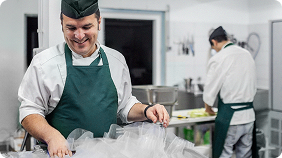

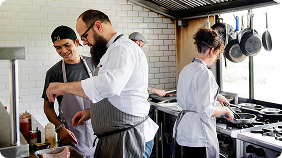


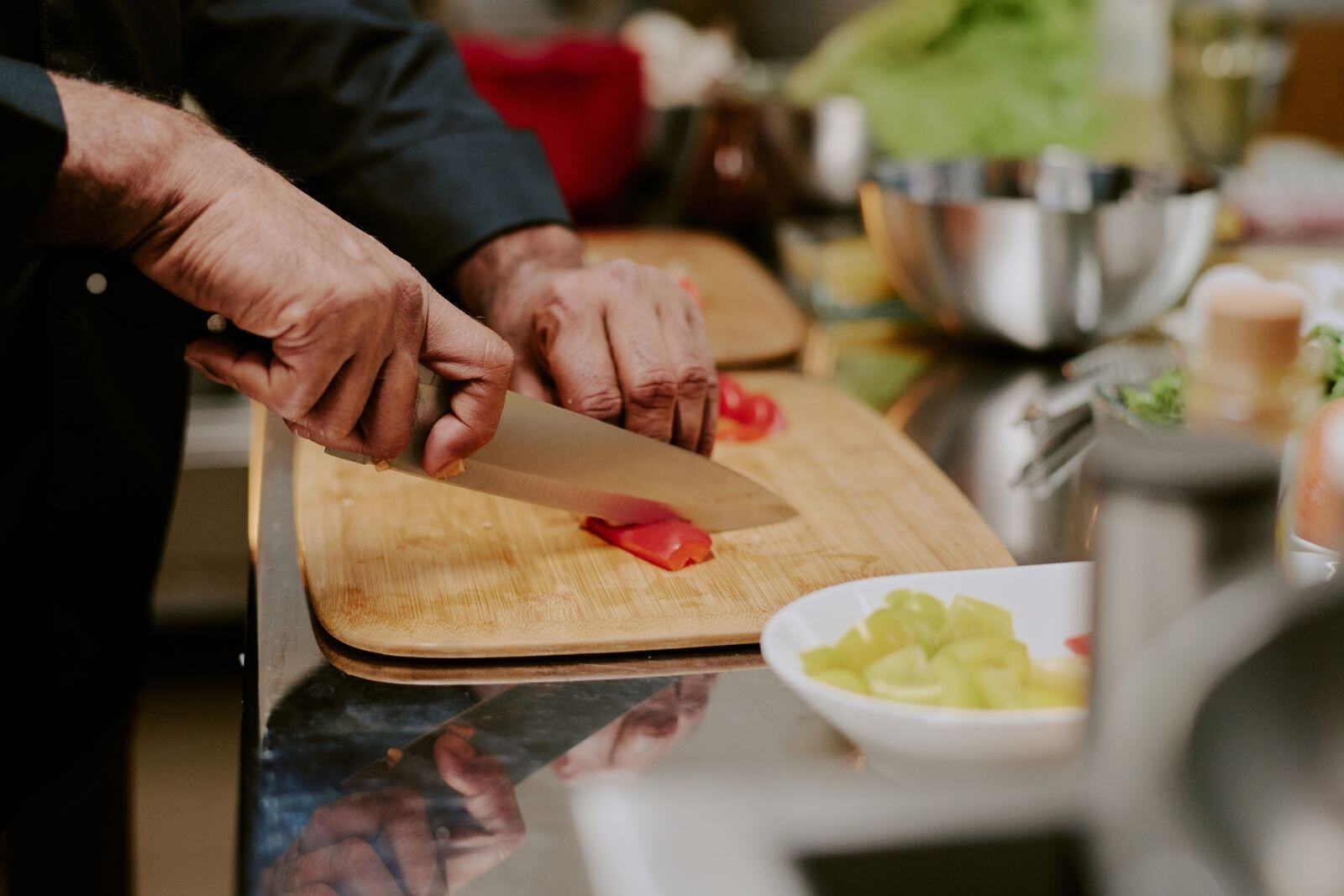
.png)
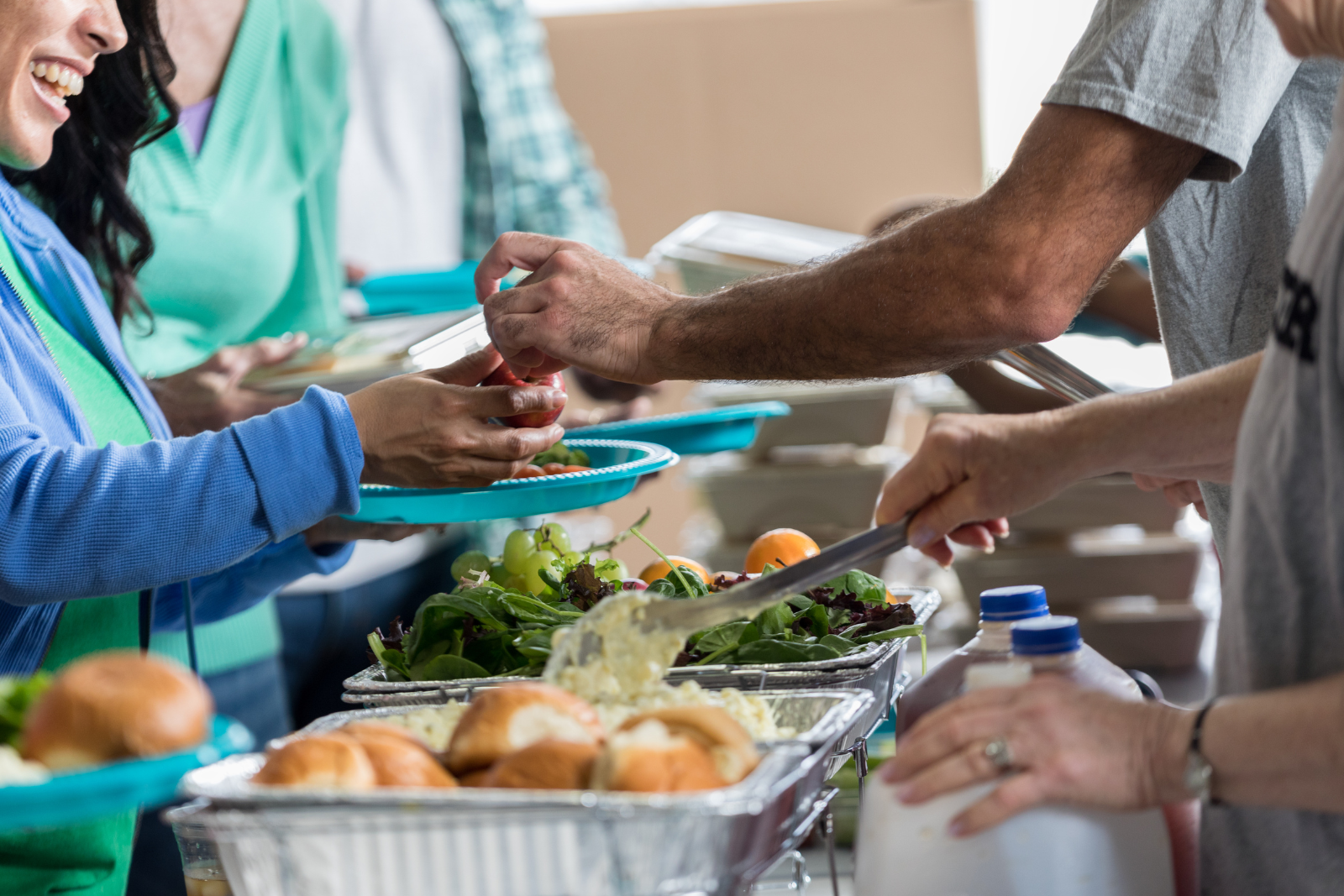
.png)
